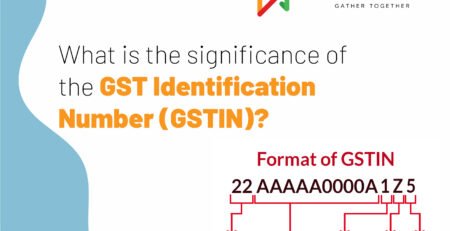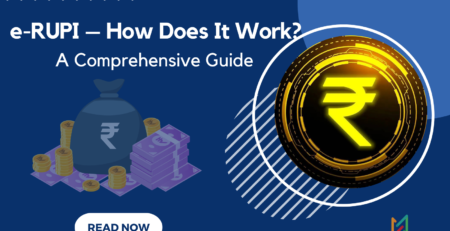CFR: Where Freight Meets Cost
The global economy depends on commerce because it makes it easier for countries to exchange products and services. There are numerous participants, rules, and hazards involved in this intricate network of transactions.
Participants in international trade rely on standardized terms and agreements to enable seamless and advantageous transactions as they navigate this complex environment. The acronym CFR, which stands for Cost and Freight, is one of these key terms.
Section 1: What is the CFR?
The International Chamber of Commerce (ICC) published a set of standardized international trade standards known as Incoterms, which include CFR in their core. These phrases are well-known and frequently used in international sales contracts for goods. In the context of an international sale of products, CFR stipulates the duties of the seller and the buyer.
The acronym itself provides a brief but detailed explanation of the phrase. Cost and Freight Ratio (CFR) designates an important stage in a transaction. “Cost” refers to the expenses incurred by the seller up to a specific point, and “Freight” denotes the obligation for the freight or transportation of products.
Section 2: Key CFR Elements
The sharing of obligations and expenses between the seller and the buyer is a crucial component of CFR. Consider the following important factors:
Delivery and Risk Transfer:
Under the requirements of the CFR, delivery of the goods to a designated port of destination is the seller’s responsibility. Seller assumes all risk of loss or damage to the goods up to the goods are placed aboard the vessel at that port. To ascertain when responsibility passes from the seller to the customer, the risk transfer point is crucial.
Expenditures:
The expenditures incurred up to the designated port of destination are also included in the seller’s obligations. This covers the cost of getting to the port, the cost of loading, and the export taxes. It’s crucial to remember that the vendor is not liable for the price of marine freight, insurance, or unloading at the destination port.
Section 3: Comparing CFR to Other Incoterms
It’s important to know when to utilize CFR in place of other Incoterms. To better understand this, let’s compare it to two other widely used Incoterms: FOB (Free on Board) and CIF (Cost, Insurance, and Freight):
FOB vs CFR:
Unlike CFR, which transfers this obligation to the seller until the items are placed onto the vessel, FOB transfers it to the buyer once the products are there. This differential can have a big impact on the expenses and dangers involved in shipping products.
CFR vs. CIF:
CFR exempts the expense of maritime insurance from the seller’s obligations; CIF does not. Under CIF, the seller makes insurance arrangements and purchases insurance on the buyer’s behalf. This significant distinction from CFR offers the consumer more protection.
Section 4: The CFR’s Insurance Provisions
The requirement that buyers secure maritime insurance is a key component of CFR. To safeguard the commodities during their maritime voyage, this insurance coverage is essential. Various insurance coverage options are available, including but not restricted to:
- Transport-related damage or loss is covered by cargo insurance.
- Marine Insurance: Guards against loss or damage to the actual vessel.
- Expenses spent during a voyage that is shared by all parties involved in the expedition are covered by general average insurance.
Depending on the nature of the items and the particulars of the shipping, a different type of insurance and level of coverage may be required.
Chapter 5: CFR and the Import Procedures
Beyond insurance, the buyer’s obligations increase once the goods get to the final port. It can be a challenging and drawn-out process, but the buyer is liable for customs clearance and import charges. Moreover, the buyer is also liable for terminal handling fees, which are incurred when items are loaded and unloaded at the destination port.
Bottom Line
CFR (Cost and Freight) is an important tool in the constantly growing realm of international trade. It provides both vendors and buyers with a standardized framework while streamlining and simplifying transactions. CFR enables companies to confidently do cross-border business by clearly outlining roles, expenses, and risk considerations.
Anyone engaging in international trade must possess a thorough understanding of CFR to ensure the efficient movement of commodities and services among the marketplaces of the world. In this convoluted international economic environment, CFR shines as a beacon of lucidity and collaboration.












